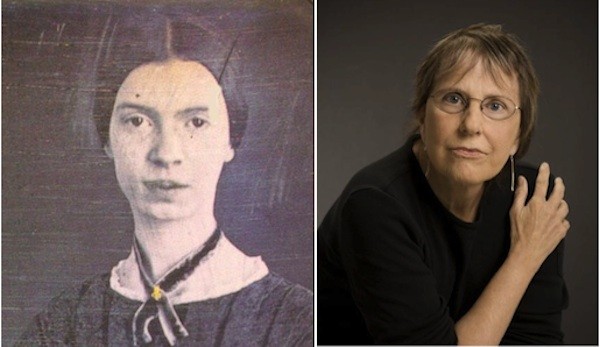
PennSound pedagogy
Al Filreis draws poetic connections

When Al Filreis and Charles Bernstein founded PennSound in 2003, one of their impetuses was purely pedagogical. They wanted to make a digital audio archive of free, downloadable files of poets reading their own work and of discussions about poetics available to teachers and learners looking to parse out poetic lineages and differences.
As Al Filreis explains in this 2007 podcast, PennSound is an archive for those seeking to make aesthetic connections between different poetic trends: a site of convergence for the reader (in this case, listener) and the poetic tradition. This makes PennSound a particularly useful resourse for teachers who are looking to demonstrate to their students the relationships between contemporary poetry and earlier poetic movements.
If a teacher were seeking to explain how Emily Dickinson’s nonsequential, fragmentary poetics is palpable in the work of Language poet Rae Armantrout, he or she need look no further than Armantrout’s PennSound author page. There, the teacher would find a recording of Armantrout reading her stunning poem of found language “The Way,” as well as a Close Listening conversation between Armantrout and Charles Bernstein in which Armantrout explicates the poem’s lingusitic origins, pronoun problems, and line breaks.
Both of these recordings are featured at the end of this podcast, which Al Filreis uses to remind PennSound listeners, new and old, of the archive’s mission and breadth. Indeed, at the time this podcast was recorded, PennSound was host to some 8,000 recordings, including a number of first-generation American modernists (Ezra Pound, William Carlos Williams) reading their work; Allen Ginsberg reading from Howl at San Francisco State University in 1956; and David Wallace reading Geoffrey Chaucer’s poetry. PennSound was then working towards a goal of comprehensiveness that it continues to strive for now, as it acquires more recordings that elucidate lineages and serve as pedagogical tools.